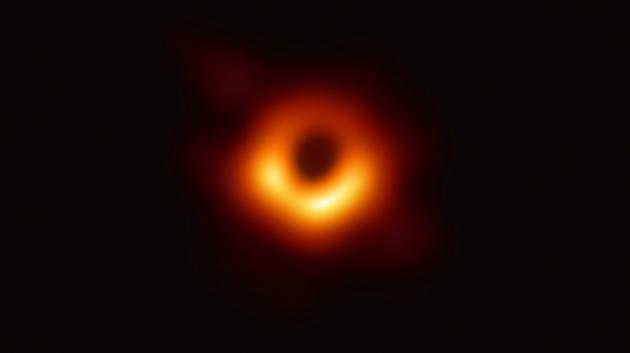King Kekaulike High School student Giullia Porter became fascinated with astronomy in seventh grade after putting on glasses and looking up at the sky.
“I was like, ‘Whoa! Okay, there’s a lot of stars. That’s really cool!’” she said. “And since then, it’s always been interesting to me, but it became more fascinating once I could really see the magnitude of it.”
From May 30 to June 3, Porter was one of nine Maui teenagers to participate in the Hawaiʻi Student/Teacher Astronomy Research (HI STAR) program on the University of Hawaiʻi Maui College campus.
During the HI STAR summer program, students worked intensively under the supervision of UH astronomers and graduate students on projects ranging from asteroids to black holes. They developed skills in scientific analysis and learned communication and presentation skills.

“The goal is to give students ‘real world’ experiences in empirical astronomy research,” said JD Armstrong, HI STAR program director. “At the end of their week of learning and collaborating with their teammates, students should deliver their findings in a symposium-style presentation for friends, family, and peers.”
UH Mānoa Student Mentor Erica Bufanda, a doctoral candidate at the UH Institute for Astronomy, specializes in seeking commentary from the farthest reaches of the solar system. She said she enjoys sharing her experiences with young students.
“I was in their shoes once and I want to guide them to a successful scientific future,” Bufanda said.
Since the program’s inception in 2007, approximately 75% of HI STAR students have participated in the regional science fair and won national and international awards. Many were offered scholarships to prestigious universities and some co-authored peer-reviewed scientific papers while still in high school.
Now Porter, 17, is fascinated by stellar seismology or earthquakes on stars; and she aspires to study mechanical engineering.
“Exciting them about any type of phenomenon in our universe is really fun,” said HI STAR’s mentor Bufunda. “Exciting them early is so important to nurturing their STEM careers [Science, Technology, Engineering and Math].”
Porter said that while there’s so much work that’s been done in astronomy and there’s so much information already known, “it’s a tiny fraction of what’s out there. So I think there will always be something new to discover, that’s what really interests me.
Due to the COVID-19 pandemic, this is the first time in two years that HI STAR has held the program in person. For the past two years, students have been mentored virtually over Zoom.
 Universo Viviente
Universo Viviente



